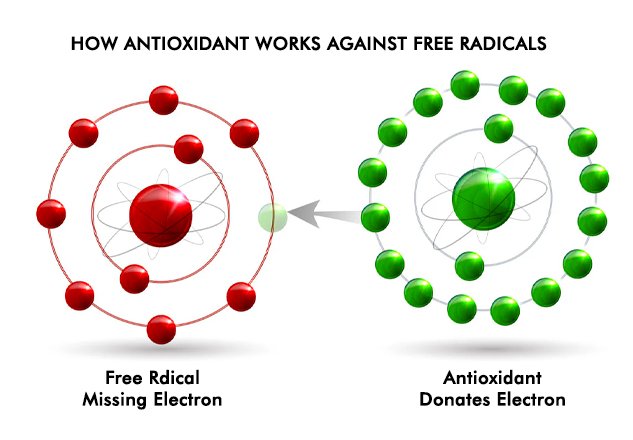Studies on C. Asiatica extracts have reported its potential as an antioxidant, anti-microbial agent, agent of collagen synthesis and even as a wound healer. Most studies report asiaticoside as an active constituent producing the said effect. In various wound healing models, topical application (0.2%–0.4%) of asiaticoside has been shown to increase hydroxyproline content, improve tensile strength, increase collagen synthesis and remodeling of the collagen matrix, promote epithelialization, stimulate glycosaminoglycan synthesis and elevate anti-Oxidant levels.
In the present study, the wound healing potential of Asiaticoside was determined using in vitro scratch assay and in vivo circular wound excision model. The basic wound healing process involves proliferation, migration and functioning of fibroblasts and keratinocytes. Therefore, for the in vitro study, human dermal fibroblast (HDF) and human keratinocyte (HaCaT) cell lines were deemed suitable for use. The in vivo study conducted afterwards confirmed the in vitro results, considering some compounds that show promising activity in vitro may be metabolized into inactive metabolites in vivo. However, this does not indicate that the in vivo test is more significant compared to the in vitro test. The latter is more suitable for quick, inexpensive screening tests. While both tests have different roles in research, they actually complement each other.Asiaticoside, a constituent in CA, has been reported to possess wound healing activity by increasing collagen formation and angiogenesis. Apart from showing a stimulation of the collagen synthesis in different cell types, the asiaticoside. were shown to increase the tensile strength of the newly formed skin, furthering the healing of the wounds. Also, it was shown to inhibit the inflammatory process which may provoke hypertrophy in scars and improves the capillary permeability.
Asiaticoside, a constituent in CA, has been reported to possess wound healing activity by increasing collagen formation and angiogenesis. Apart from showing a stimulation of the collagen synthesis in different cell types, the asiaticoside were shown to increase the tensile strength of the newly formed skin, furthering the healing of the wounds. Also, it was shown to inhibit the inflammatory process which may provoke hypertrophy in scars and improves the capillary permeability.
Reference:
Triterpene Composition and Bioactivities of Centella asiatica, Puziah Hashim 1,*, Hamidah Sidek 2, Mohd Helme M. Helan 2, Aidawati Sabery 2, Uma Devi Palani-samy 3 and Mohd Ilham 4.



